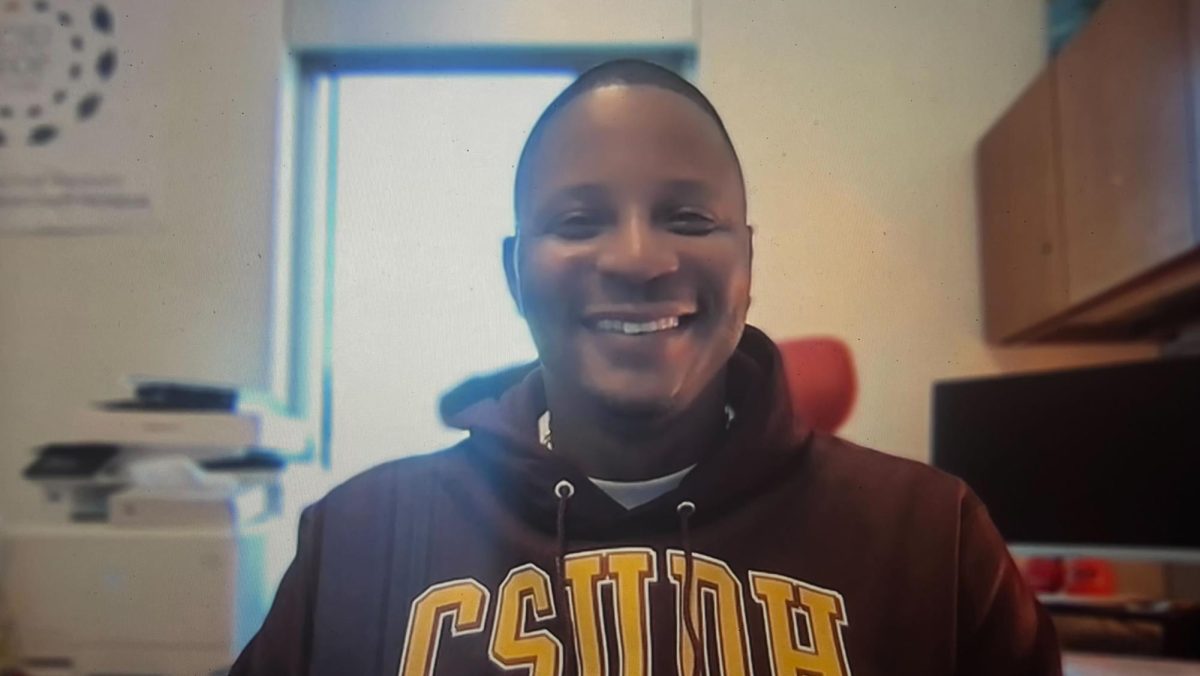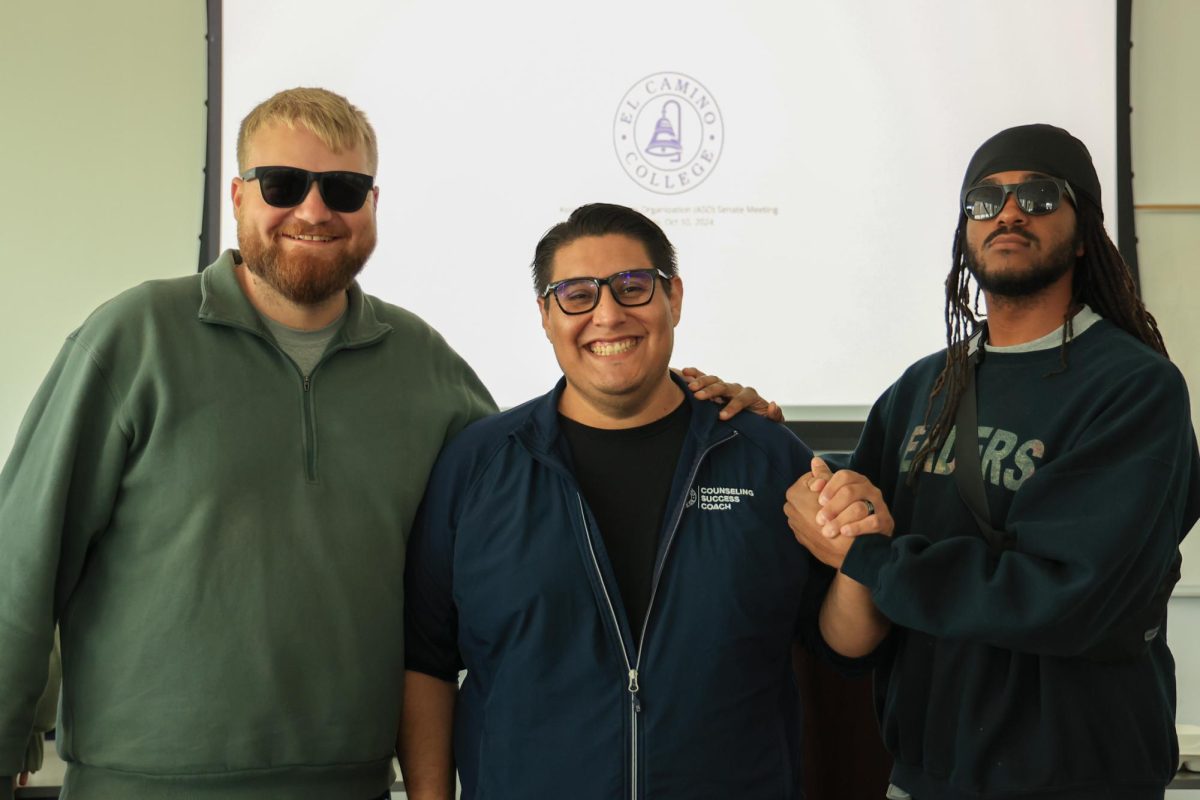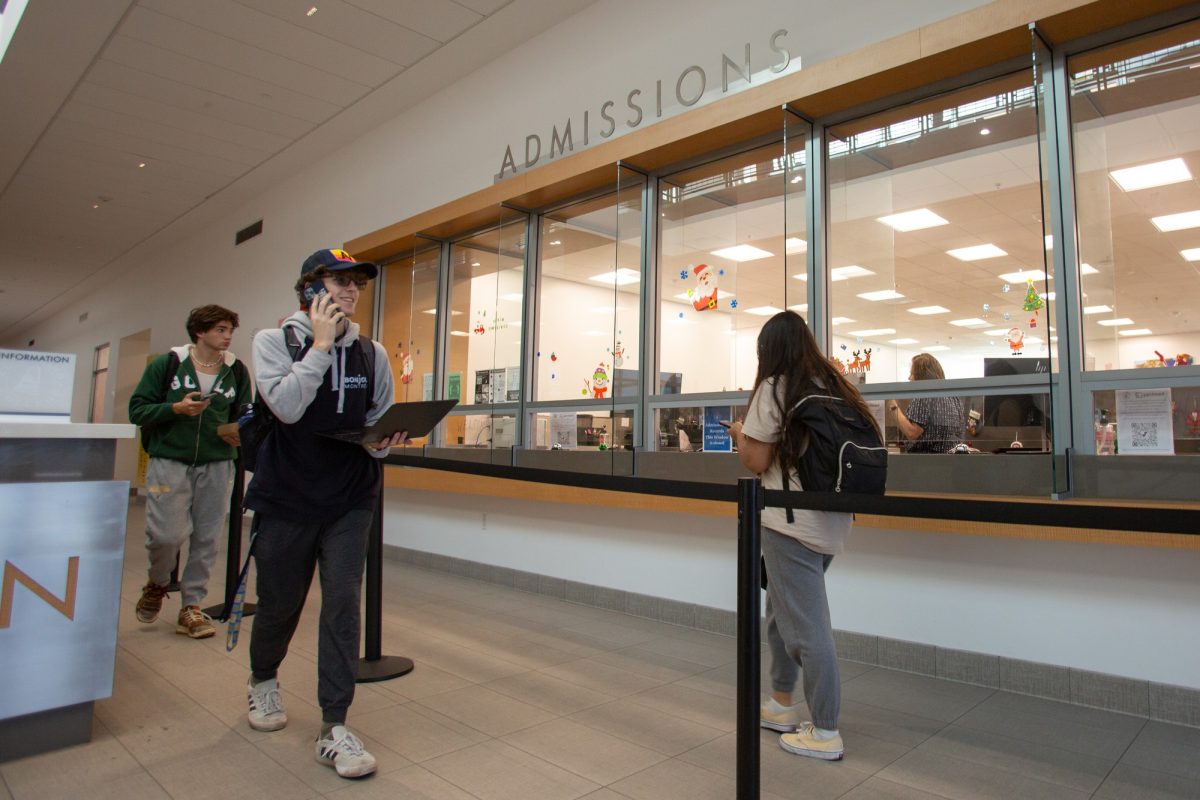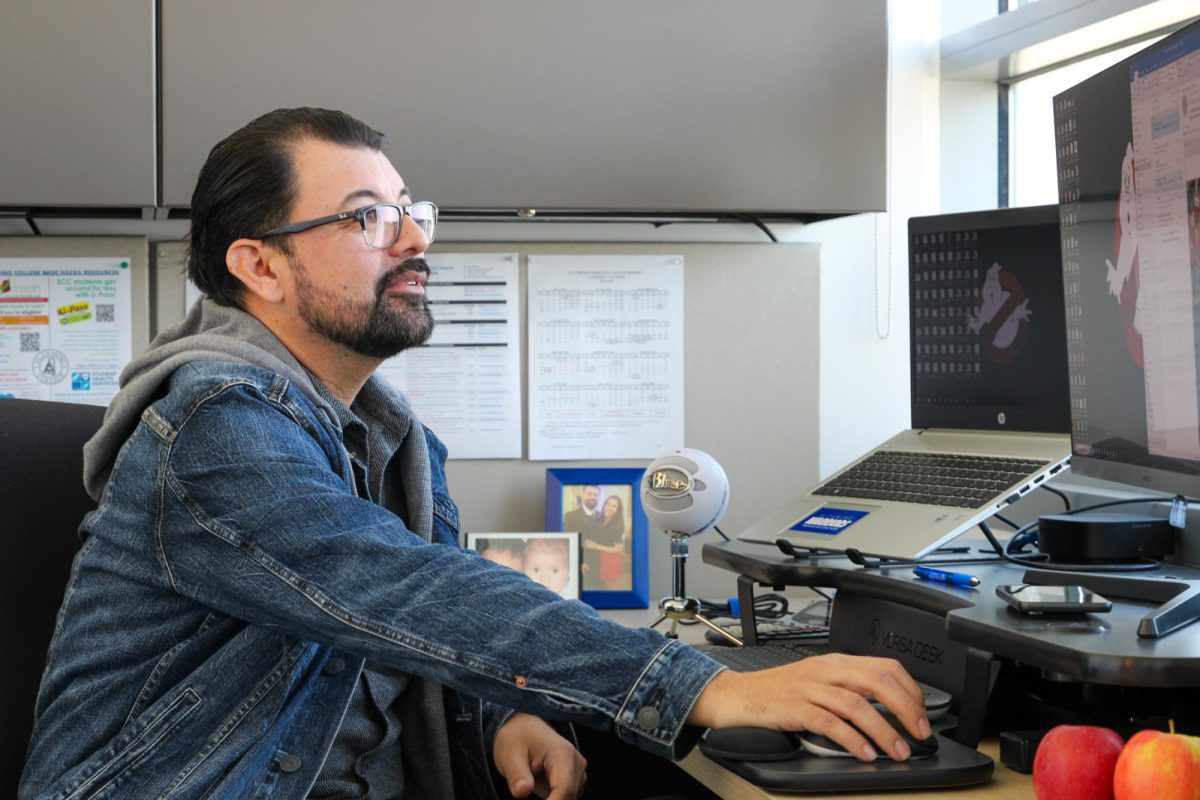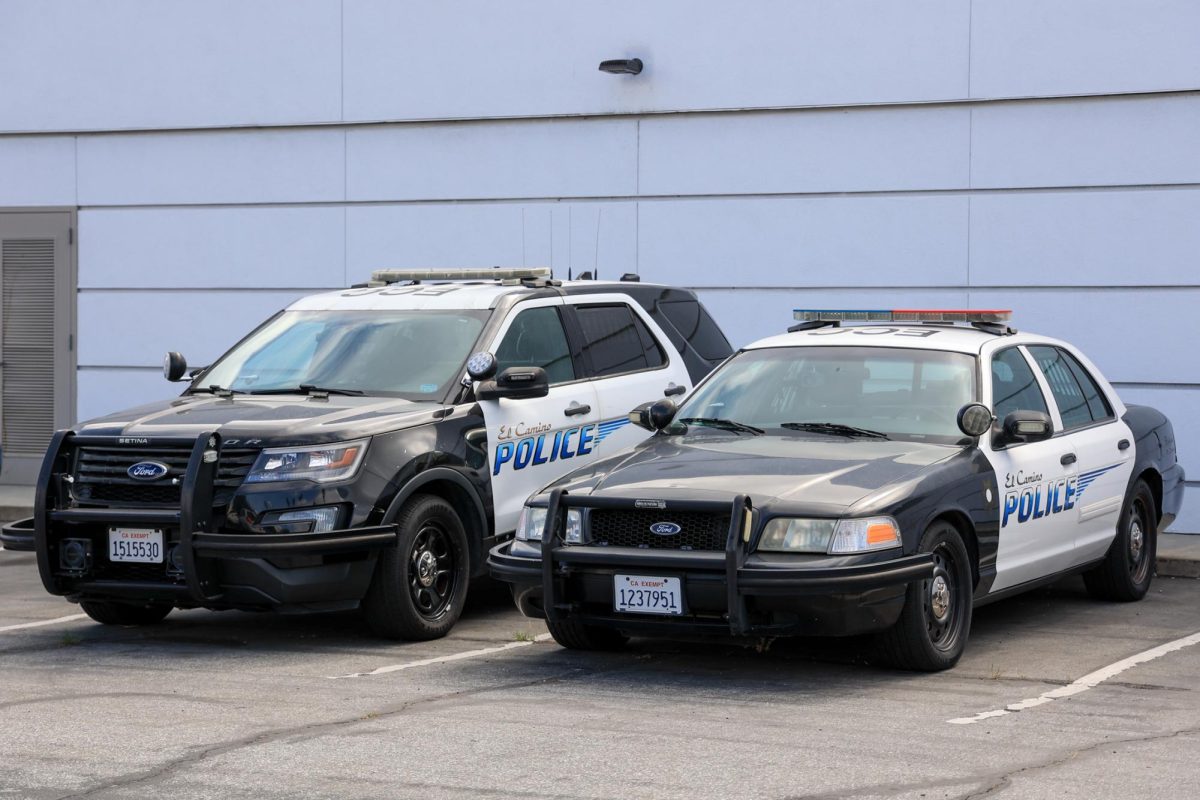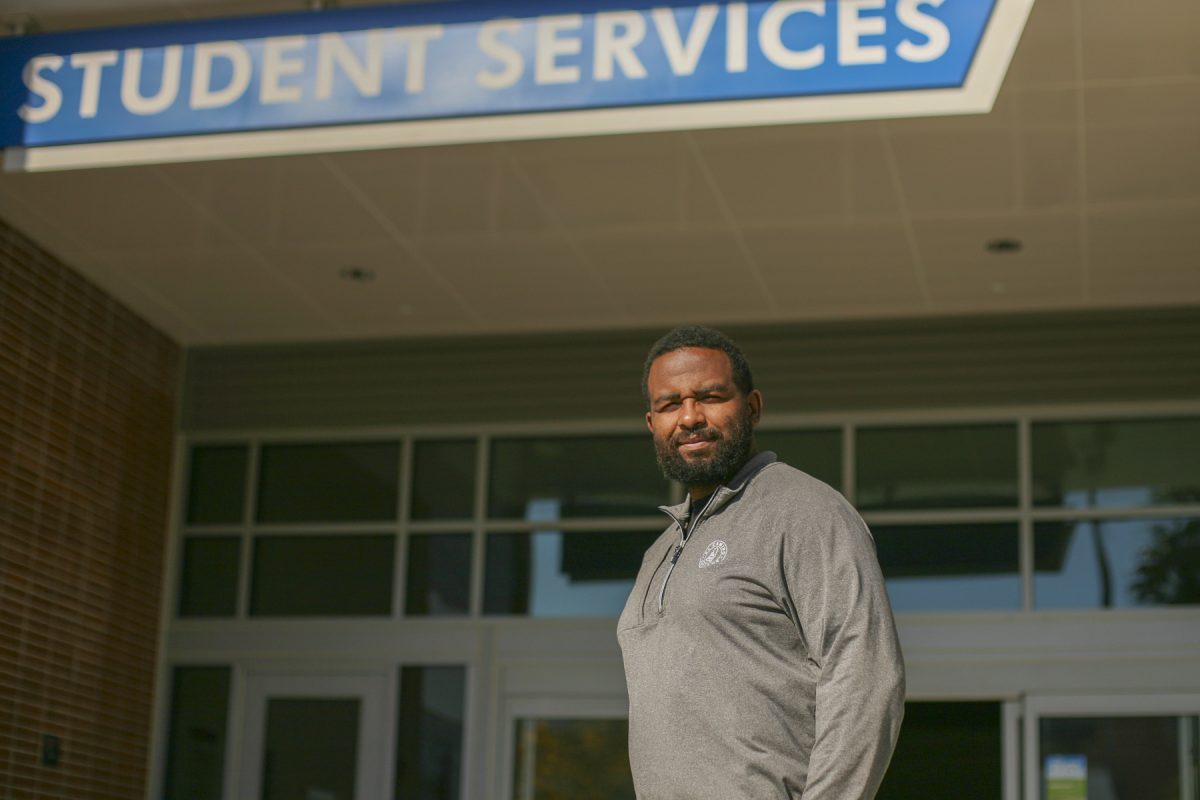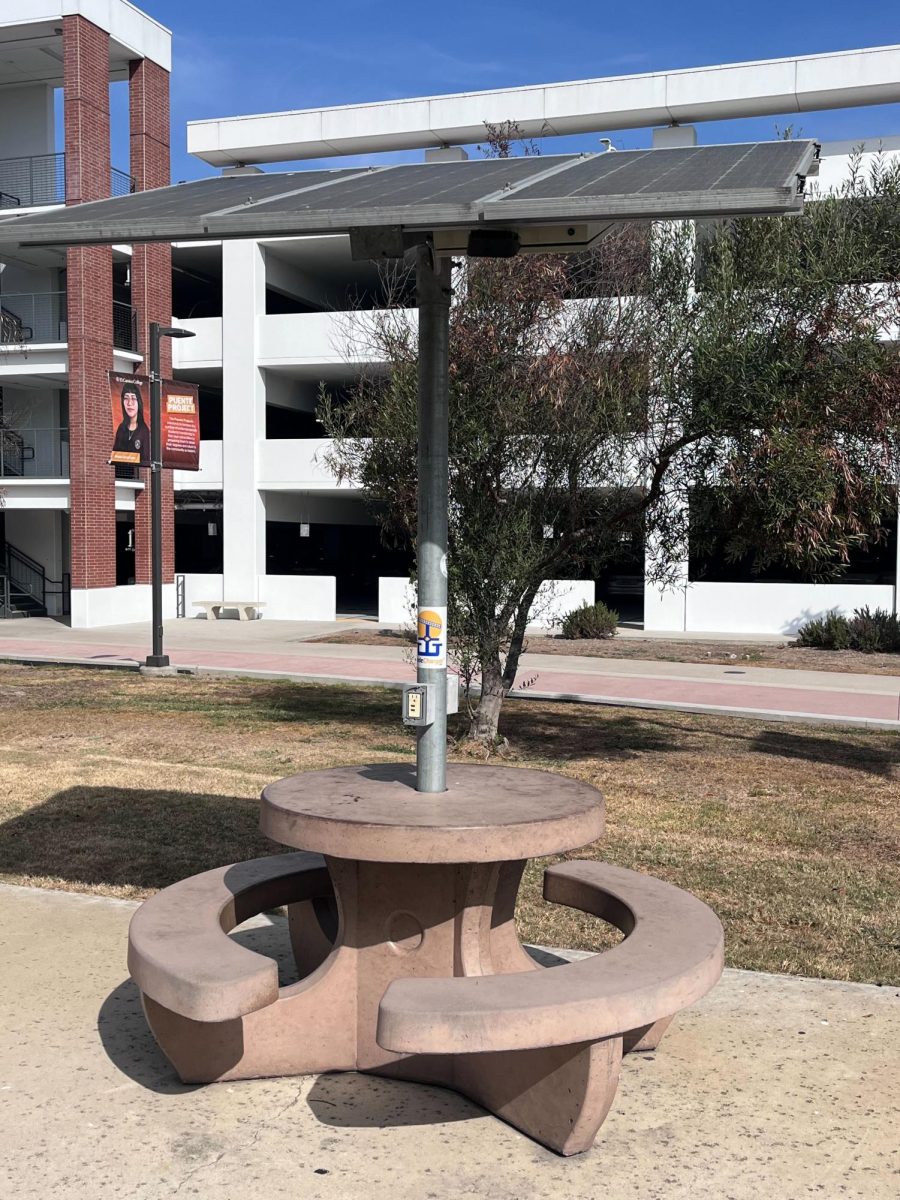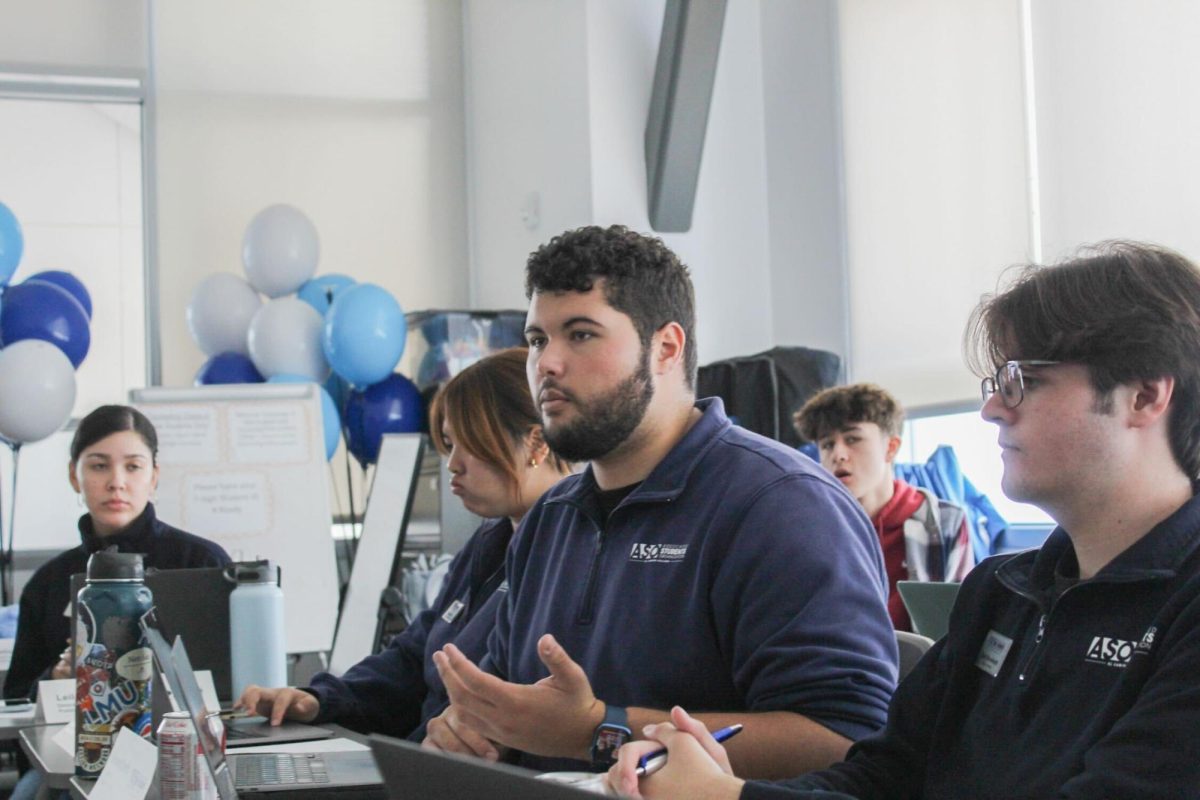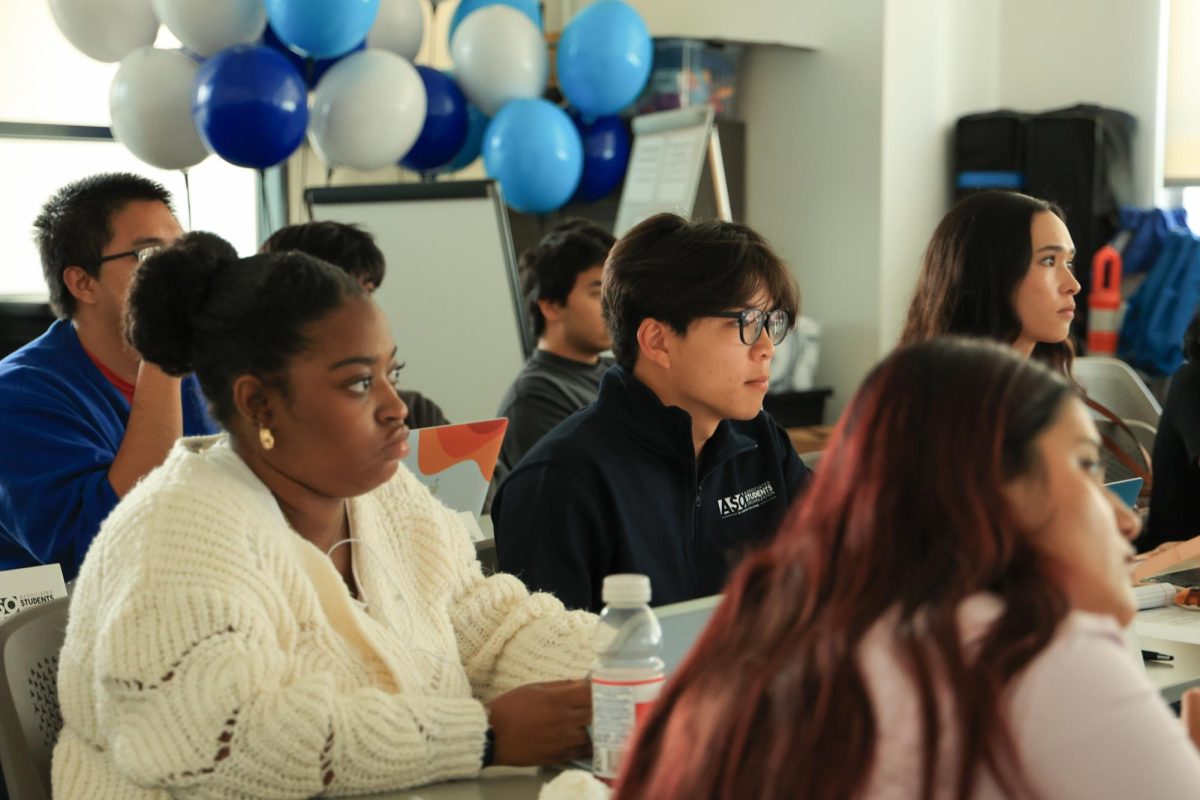Recent campus-wide efforts from El Camino College continue to identify key factors for student success through the nationwide community college program, Guided Pathways.
During the Nov. 17 Academic Senate meeting, Guided Pathways Co-coordinators Janice Pon-Ishikawa, general counselor; and ESL professor Jenny Simon, introduced the first reading of the annual Guided Pathways Essential Practices, titled Scale of Adoption Assessment (SOAA).
Guided Pathways, a program designed to provide educational structure and support, has focused on adopting a more cohesive line of communication throughout the campus community.
According to the SOAA, the fundamental goal of the program is “to increase the rate at which underrepresented students earn college credentials” and, by introducing new online content and college support teams, achieve equitable student success.
Pon-Ishikawa said after the meeting that by remaining critical of the equity gap and integrating supporting ethnicity data throughout its research, Guided Pathways will provide help to “all students” at ECC with equal educational opportunities.
“Guided Pathways is just a way to really like improve things for students and to get students to their goals faster, and to help really streamline the process for anyone,” Pon-Ishikawa said.
Since 2017, ECC has been part of the nationwide collaboration project modeled from Colombia University’s research publication, “Redesigning America’s Community Colleges: A Clearer Path to Student Success.”
Additionally, community colleges have operated on a “cafeteria-style model” format where students “pick and choose” classes instead of having a conducive, allocated pathway of general and major required courses, Simon said.
Simon added that with the implementation of Guided Pathways along with student and faculty involvement, they were able to introduce meta-majors which combine 200 degree or certificate programs into seven multi-functional programs.
The seven meta-majors allow new and current students to not have to pinpoint an exact major; instead, they can choose a path of general interest that coincides within all divisions in that specific meta-major.
Chris Page, a full-time English professor at ECC, has been a Success Lead for the languages, composition and journalism meta-major for the past two years, focusing on integrating the Humanities divisional role into a Programs Pathway Mapper.
The pathway mapper suggests to students a list of classes to take that would follow a similar general units scheme as another major in that meta-major, lessening the chance of spending more than two years at ECC, Page said.
“So the goal is to be able to really keep in touch with a student and communicate with them throughout the semester, and the success teams will be the ones to create those communications and start sending them out,” Page said.
Jean Shankweiler, vice president of Academic Affairs and member of the Steering Committee of Guided Pathways, said the pandemic had little effect on progress made in correlation to the SOAA.
“[What] we’re trying to do now is, is develop our success teams and kind of make sure that guided pathways isn’t a program, but that [it] is part of everything that we do with our students in their majors and in the programs that we have,” Shankweiler said.
In 2022, Guided Pathways will no longer be funded by the state and Shankweiler said she hopes that the meta-majors, and the rest of the program, can be integrated as another “institutionalized” practice of the school’s educational plan.
As a counselor, Pon-Ishikawa said after the meeting that the national community college movement is to not be viewed as a campus-wide initiative, but rather a whole pathway to provide resources to students more effectively.
“All the community colleges are doing great things, but are we using data to inform our decisions?” Pon-Ishikawa said. “Are we really putting students at the center and making them the focus of, of what we do and why we do it?”
Page said the best thing out of Guided Pathways so far is the commonality that has been formed between each part of campus to strengthen the success rate and educational goals for all students.
“So, you know, that’s the point that has me excited is that I think students are going to come across a much better experience and a much more unified message from the school,” he said.
—
The second reading and vote of Guided Pathway’s SOAA will be discussed during the Dec. 1 Academic Senate meeting. More information about attending the meeting can be found here.
More information about Guided Pathways can be found here.





